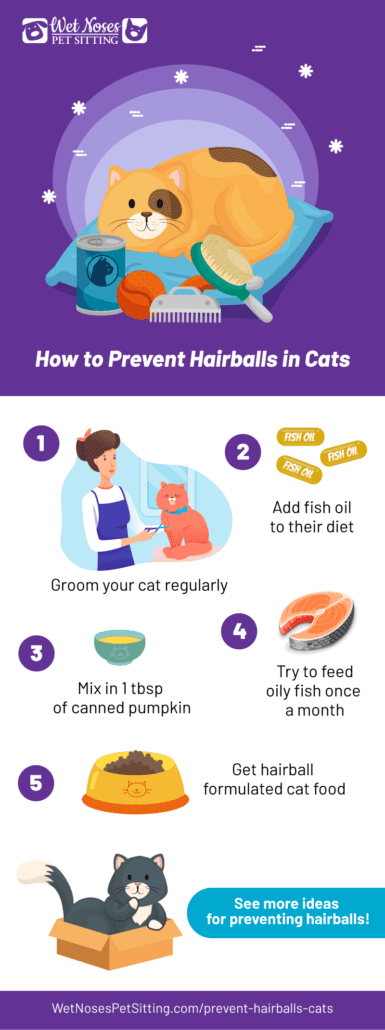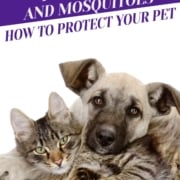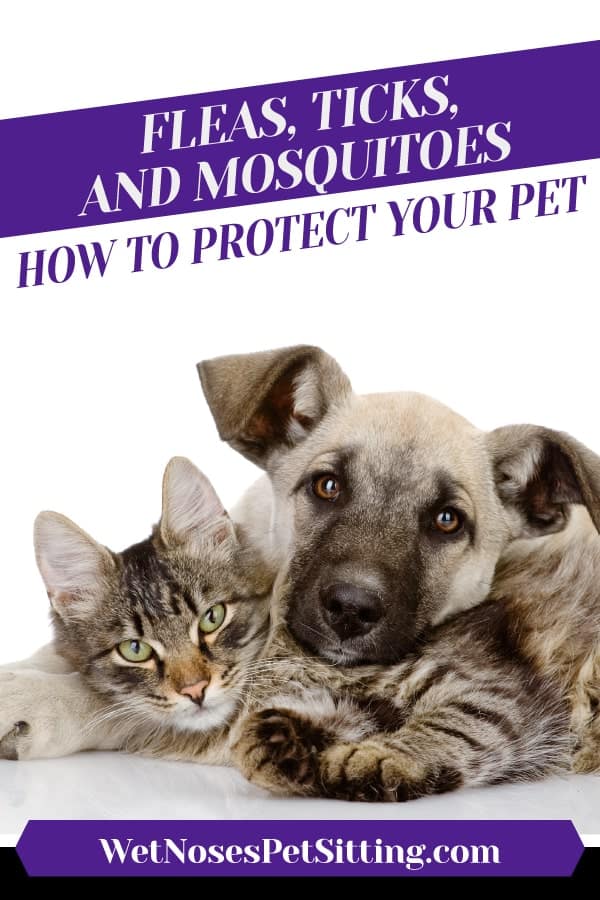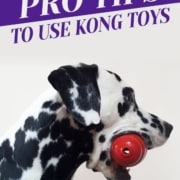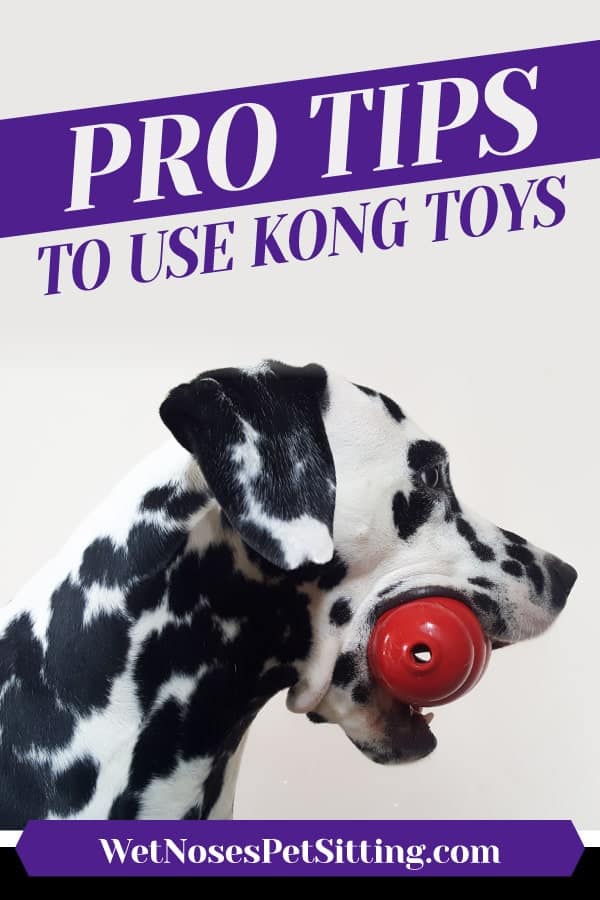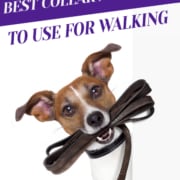Tips to Keep Your Pet Safe This St Patrick’s Day
The winter cold is slowly turning warm and blooms are starting to appear. That means spring is near. But first we must celebrate the great Irish holiday, St. Patrick’s Day. A fun filled day full of drinking green beer and eating traditional foods like corned beef, cabbage and sauerkraut. However, for our pets it may not be such a jovial occasion. Between intoxicated adults, loud atmospheres and tons of food, there are a lot of things that could spell trouble for your pets.
Safety Tips You Need to Know
- No matter what you do, DO NOT give your pet an alcoholic beverage. Green beer could peak their interest even more, so make sure to keep it far from their reach.
- Keep holiday foods away from your pets. Our foods, laden with butter and salt can end up in disastrous digestive issues for your pet. This is true for corned beef as well. The excess sodium in the meat is not good for them.
- It’s often best to leave your pet at home if you’re heading to a crowded bar or a parade. They may get anxious or spooked by all the commotion.
- If children will be attending make sure your pet is respected and put them in a safe quiet room as needed.
- Having a party at home? Make sure you dog is safe from escaping when friends come in and out of the house. Have ID tags updated in case they do get out.
- Dress up with caution. Never leave them unattended in a costume, especially one with a chin strap or necklace. And never dye their hair, they can lick it off which could be toxic for them.

St. Patrick’s Day Treats Your Pet Can Eat
Cabbage: It is a nutritious treat for your pup and provides them with vitamins and minerals. Just make sure to give it to them before you add tons of sodium (broth, salt, bacon) and bacon. Boiled cabbage is the best since it’s cooked with less butter.
Shamrock Treats: These delicious little shamrock shaped treats are even better because they aren’t colored with dye. They use green peas on top to add a pop of color. Get the recipe here!
Doggy Fro-Yo: Made with all natural Greek yogurt, this treat is not only delicious, it’s great for your dog too! Get the recipe here!
Traditional Pot Roast: This one pot meal is perfect for you and your dog. This special stew is tailored especially for your dog to enjoy with you. If you desire more spices, just add them in to your own bowl. Get the recipe here!
There is plenty of fun you can have with your pet on St. Patrick’s Day as long as you take care of some safety first. Do you have any great memories or treats you give your pet on this green holiday? If so let us know on social media or in the comments below!
And don’t forget to hire a pet sitter if you’re going to be away from home this St. Patrick’s day!

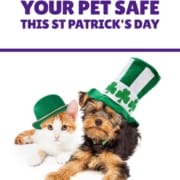
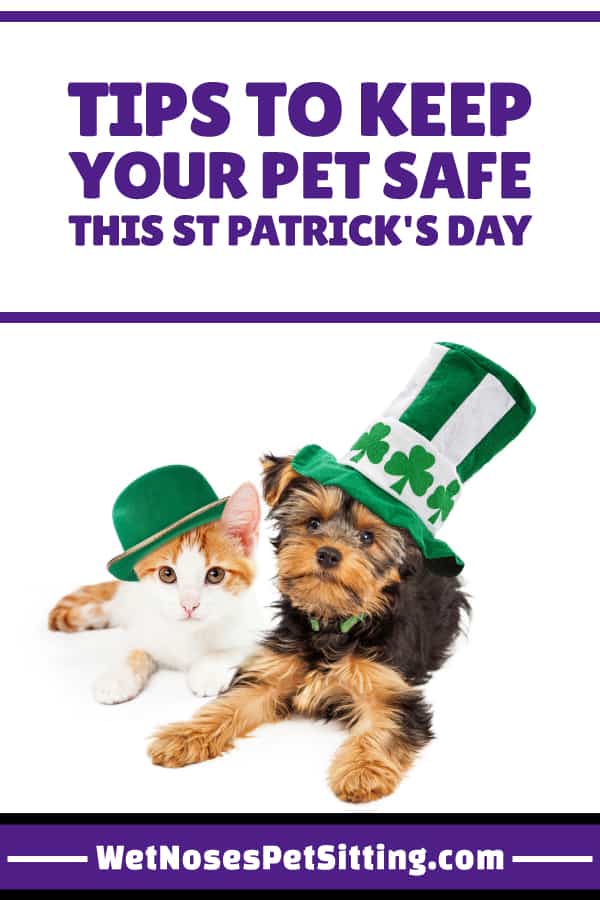




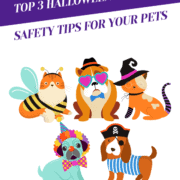
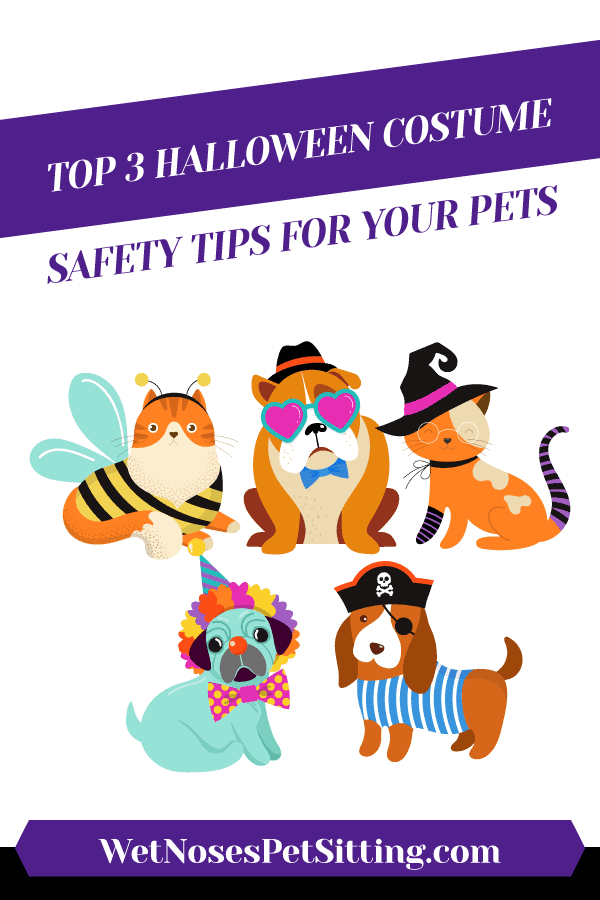


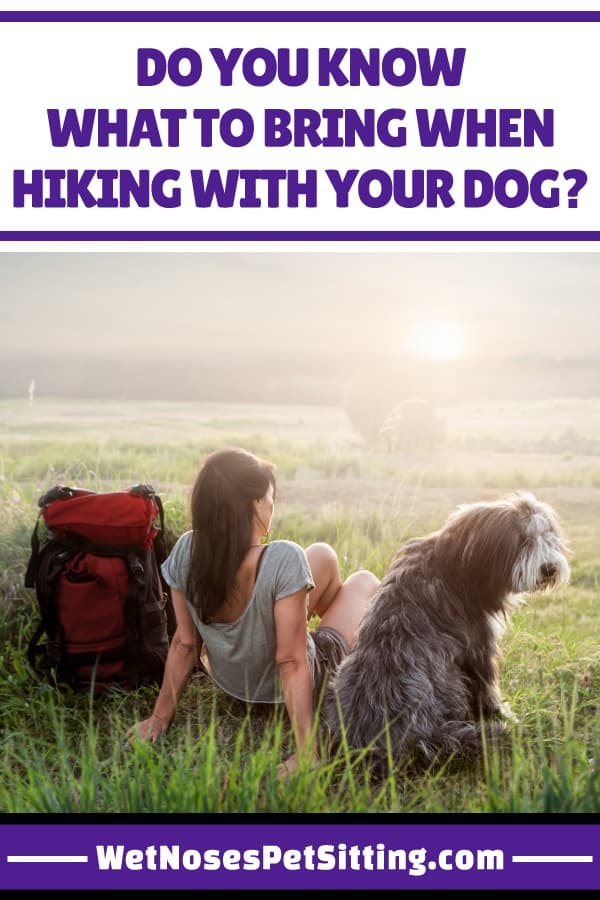





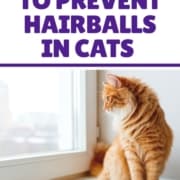
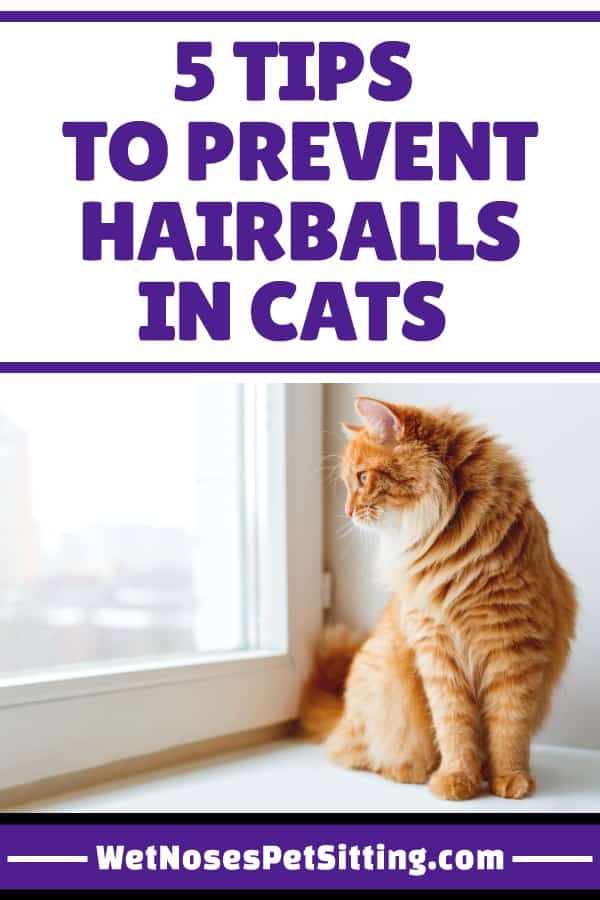
 Cats have tongues that are full of tiny hook-like growths, that’s why they feel rough when they like you. This tiny hooks are not much unlike soft fingernails because they are both made of keratin. When grooming, these hooks catch loose and dead fur which is then swallowed. Most of it passes through the digestive system without a problem.
Cats have tongues that are full of tiny hook-like growths, that’s why they feel rough when they like you. This tiny hooks are not much unlike soft fingernails because they are both made of keratin. When grooming, these hooks catch loose and dead fur which is then swallowed. Most of it passes through the digestive system without a problem.